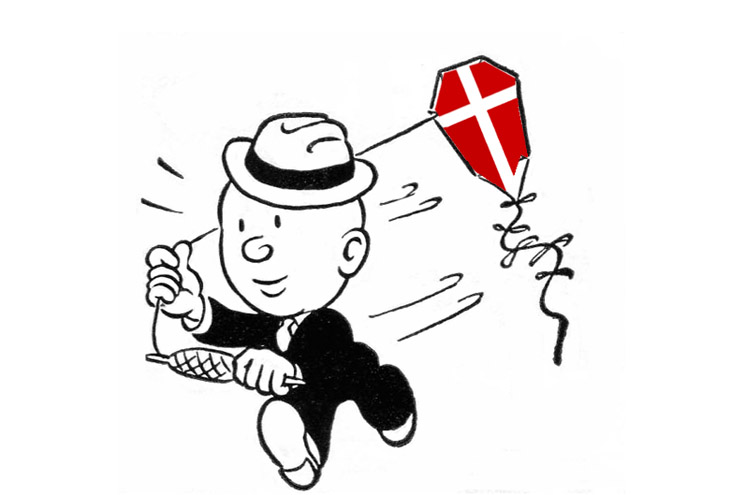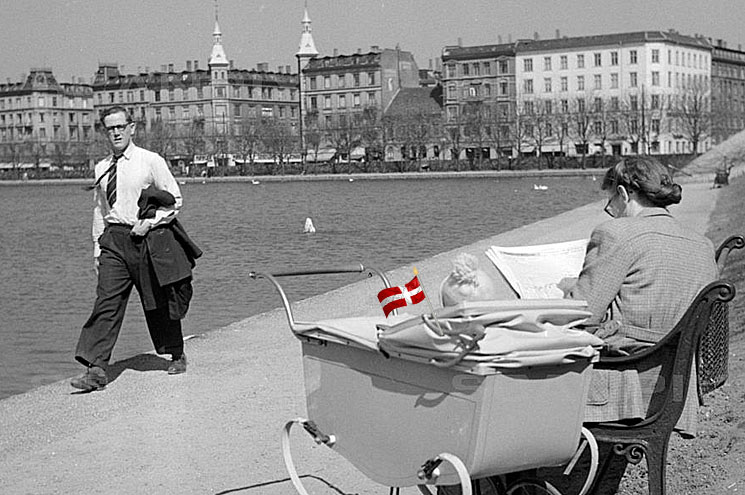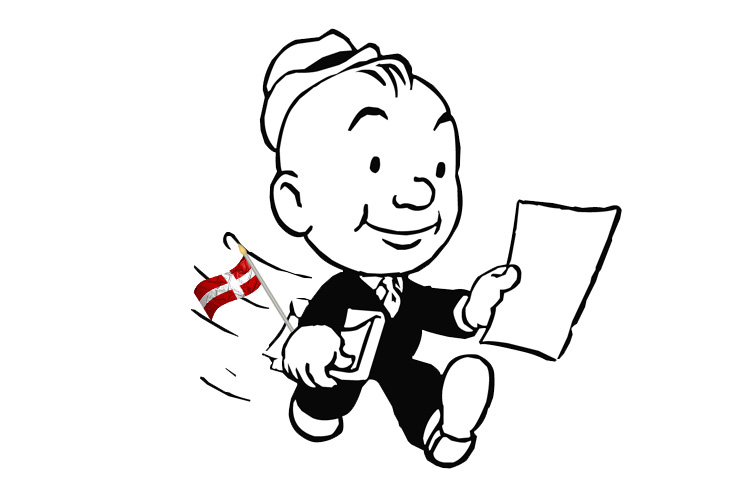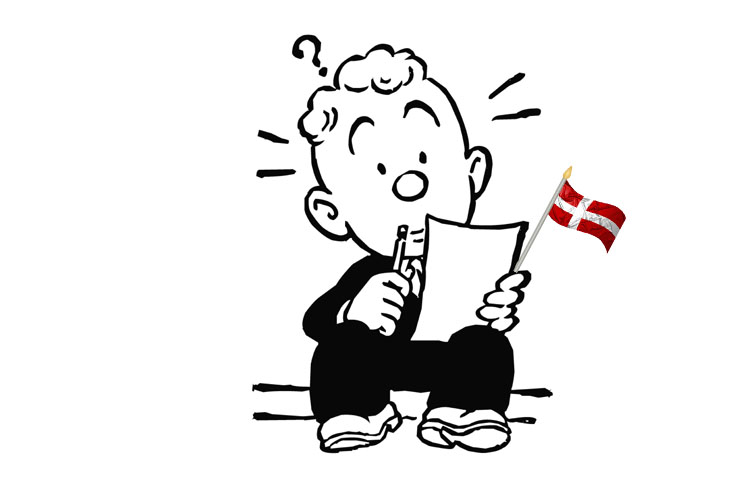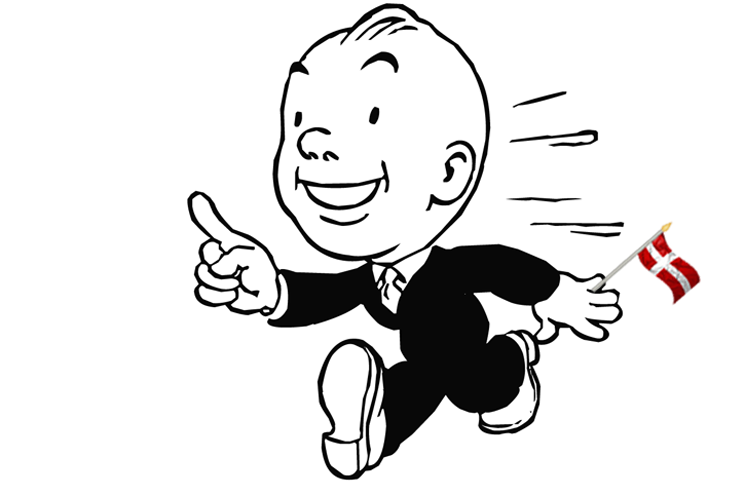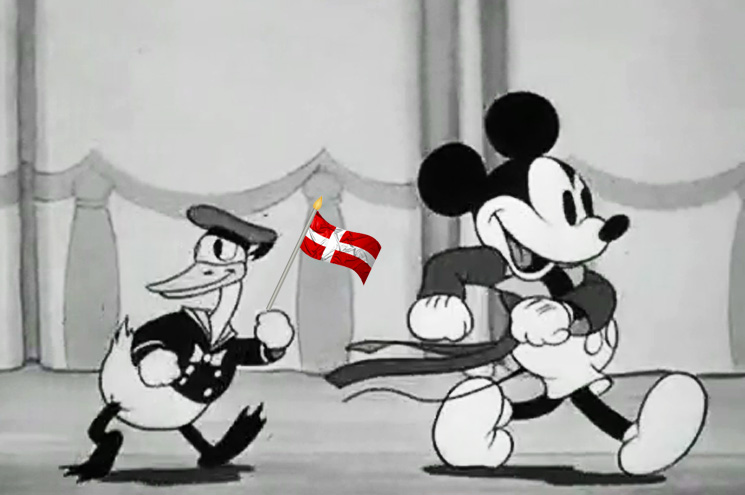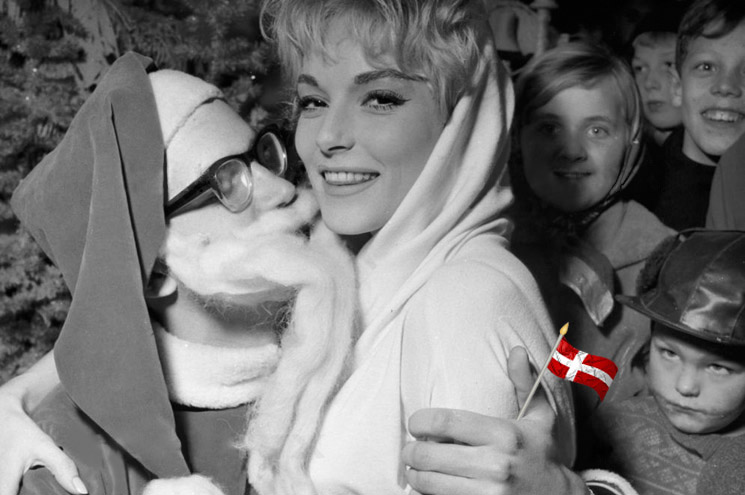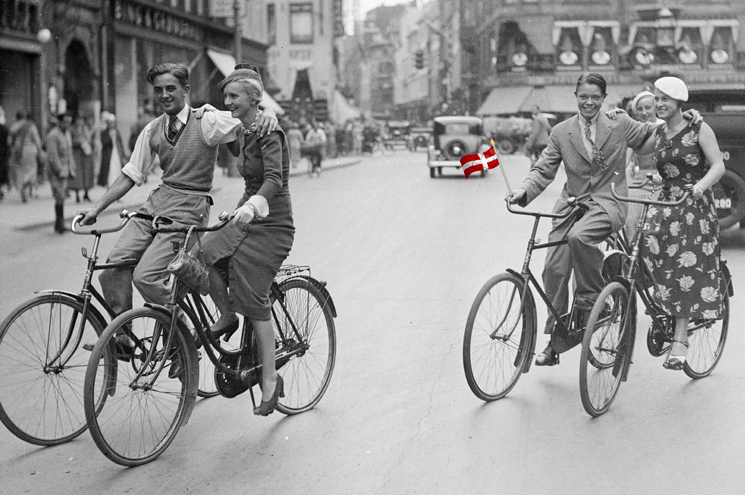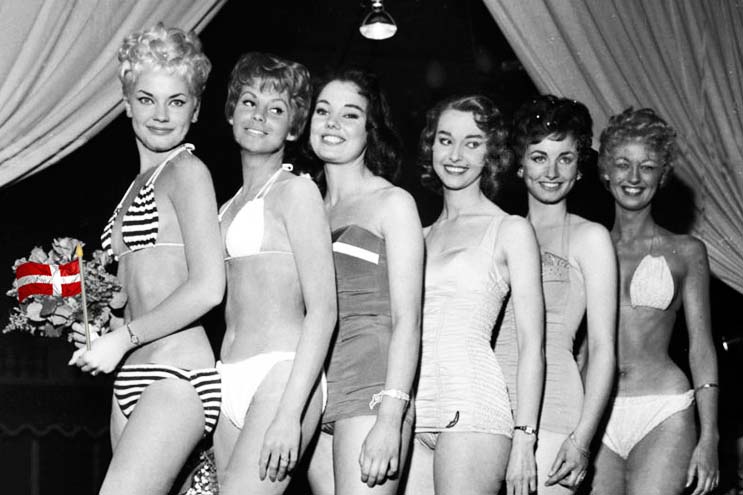My Danish friends who are about to spend some time in the U.S. often ask me for advice about surviving American culture, and I give them all the same two tips.
First, in the U.S. it’s a good idea to be polite to police officers. Danish cops often come from the countryside and have funny rural accents and since Danes generally don’t like hierarchy and authority anyway, they have no problem being sarcastic and a little smart-ass with a police officer.
That doesn’t work in the States. That Highway Patrol lady with the mirrored sunglasses who has just caught you speeding down Route 66 is unlikely to have much of a sense of humor. If she pulls you over, say “yes, ma’am” and “no, ma’am” a lot and keep your hands in view at all times so she can see you’re not reaching for a gun.
That’s the first tip. The second tip is that, should you go to a bar, it can happen that a stranger or two will offer to buy you a drink. If the stranger is of the opposite gender, or same gender depending on the bar, that person is interested in you. Let them buy you a drink. And chat with them while you drink it. If there’s no chemistry, when the drink is finished, you can both go your separate ways.
That’s a little shocking for Danes. Buying a drink for someone is a big deal in Denmark, a place where a loving couple who go out for a romantic candlelight dinner often split the bill. For Danes, buying someone a drink is like buying them a birthday present. Many Danes are not comfortable with a stranger making that level of commitment.
Continue Reading

